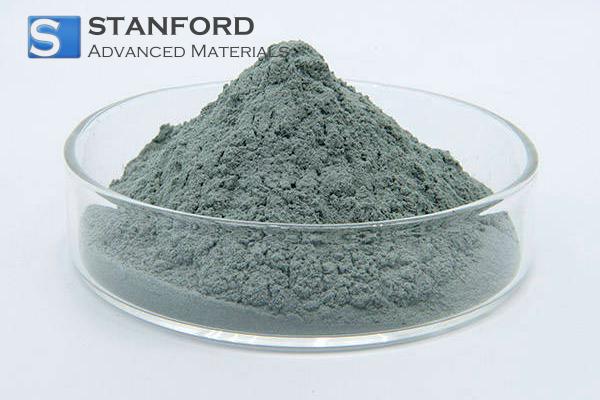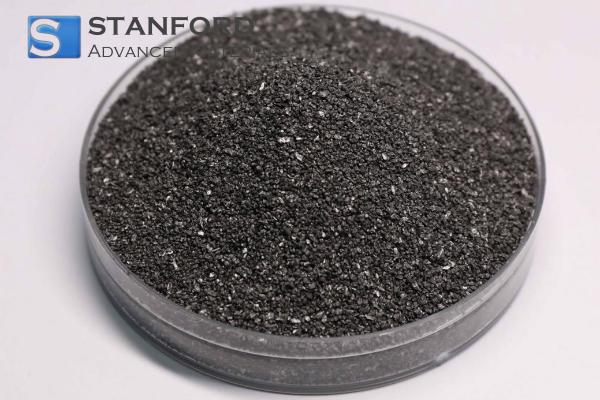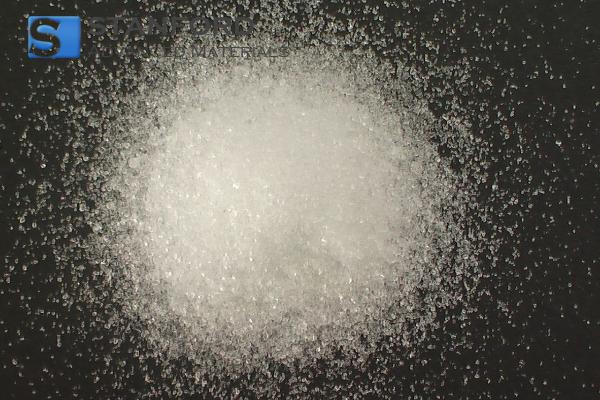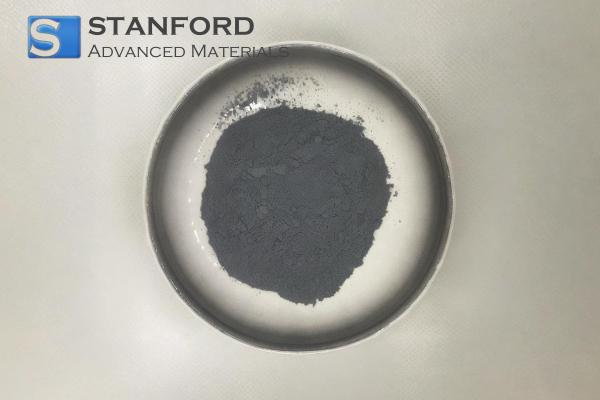Glass Transition Temperature
Introduction to the Glass Transition Temperature
The glass transition temperature (Tg) is a defined property of materials, particularly polymers and glass fibres. It designates the temperature range during which a material shifts from a hard, glassy state to a soft, rubbery state. This change has quantifiable impacts on the mechanical and thermal characteristics of materials and is therefore significant for certain industrial applications.
Glass Transition Temperature of Polymers
Polymers exhibit a glass transition temperature that varies with their chemical composition and molecular weight. Below the Tg, polymers remain stiff and brittle, whereas above the Tg, they become flexible and exhibit greater ductility. Knowledge of the Tg assists in designing polymers for designated applications and ensures that they perform within the anticipated temperature range.
Factors Affecting the Tg of Polymers
Several factors influence the glass transition temperature of polymers:
- Molecular weight: A higher molecular weight generally increases the Tg.
- Chain flexibility: Increased chain flexibility leads to a lower Tg.
- Cross-linking: Greater cross-linking may raise the Tg by restricting molecular motion.
- Plasticisers: The inclusion of plasticisers lowers the Tg by increasing chain mobility.
Glass Fibres and Their Applications
Glass fibres are employed in composites due to their high tensile strength and thermal stability. The glass transition temperature of the polymer matrix in fibre-reinforced composites is critical for the performance and longevity of the final product. Maintaining operating temperatures below the Tg helps to preserve the composite's structural integrity.
This category of fibres offers:
- High strength-to-weight ratio: Suitable for lightweight structural applications.
- Thermal stability: Retains its properties over an extensive temperature range.
- Chemical resistance: Withstands exposure to various chemicals, thereby increasing durability.
- Electrical insulation: Functions as an effective electrical insulator in relevant applications.
Comparison of Glass Transition Temperatures
|
Material Type |
Typical Tg Range (°C) |
|
90 - 100 |
|
|
Polyethylene Terephthalate (PET) |
70 - 80 |
|
Polycarbonate |
145 - 150 |
|
Epoxy Resins |
150 - 200 |
|
Glass fibres |
Not applicable (inorganic) |
Further information is available atStanford Advanced Materials (SAM).
Frequently Asked Questions
What is the glass transition temperature?
The glass transition temperature is the range in which a material shifts from a hard, glassy state to a soft, rubbery state.
Why is the Tg important for polymers?
The Tg defines the temperature range during which a polymer retains its mechanical properties, thereby affecting its suitability for designated uses.
How does molecular weight affect the Tg of polymers?
A higher molecular weight typically results in an increased Tg as it restricts molecular movement.
Can additives alter the Tg of a polymer?
Yes, additives such as plasticisers can reduce the Tg by enhancing the mobility of polymer chains.
Do glass fibres have a glass transition temperature?
No, glass fibres are inorganic and do not exhibit a glass transition temperature. The Tg is applicable solely to the polymer matrix in composites.

 Bars
Bars
 Beads & Spheres
Beads & Spheres
 Bolts & Nuts
Bolts & Nuts
 Crucibles
Crucibles
 Discs
Discs
 Fibers & Fabrics
Fibers & Fabrics
 Films
Films
 Flake
Flake
 Foams
Foams
 Foil
Foil
 Granules
Granules
 Honeycombs
Honeycombs
 Ink
Ink
 Laminate
Laminate
 Lumps
Lumps
 Meshes
Meshes
 Metallised Film
Metallised Film
 Plate
Plate
 Powders
Powders
 Rod
Rod
 Sheets
Sheets
 Single Crystals
Single Crystals
 Sputtering Target
Sputtering Target
 Tubes
Tubes
 Washer
Washer
 Wires
Wires
 Converters & Calculators
Converters & Calculators
 Write for Us
Write for Us





 Chin Trento
Chin Trento



